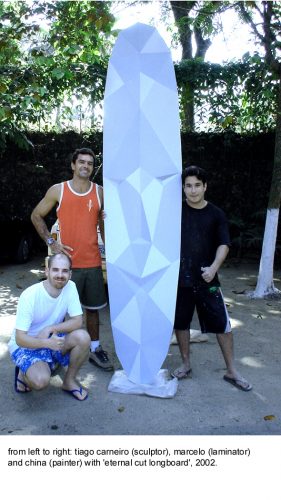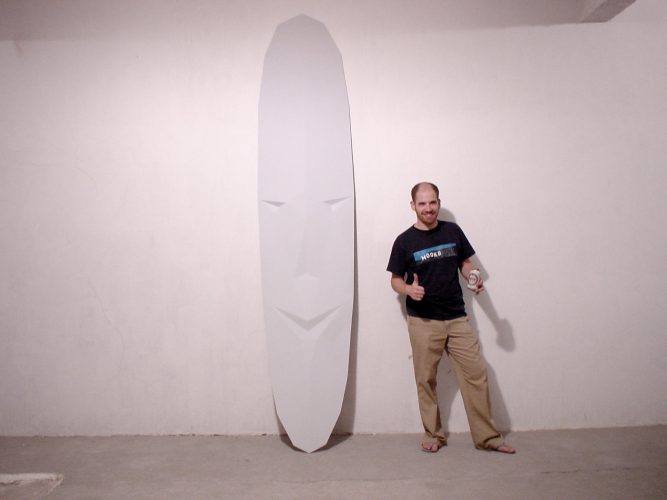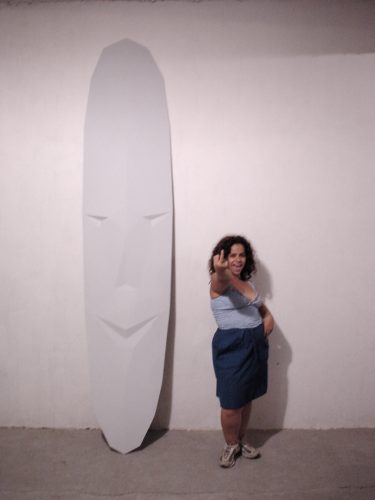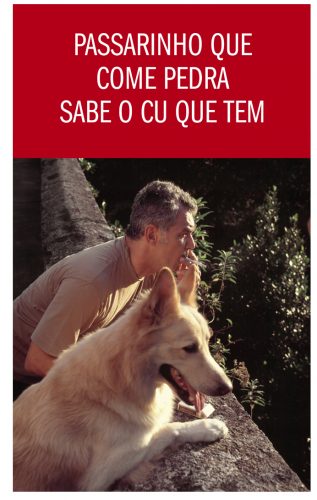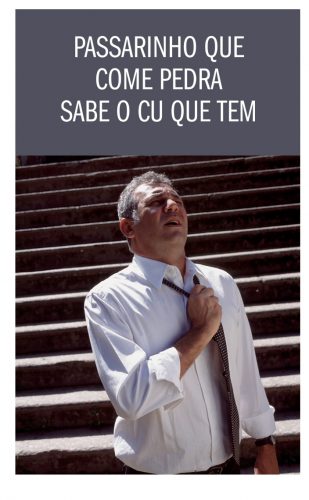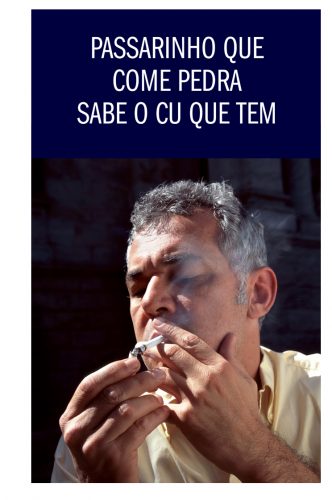Yuha Nenonen
Wayne Baerwaldt
Isabell Arthuis
Pierre Bismuth
Brice Dellsperger
Michael Roy
Michael Roy’s work has the particularity to do without doing: a movie without camera, an art work based on images or texts pre-existent, a fiction based on other fictions. He crosses universes. He combines them. He invites us to appropriate his fictions and works with the purpose to let us create ours. No keys are given to understand the reasons why. We can just imagine. We have to suppose the context . Acting on that way, he transformed the history as an anonymous history, where we can more easily be projected. From fiction to reality, from common to personal, using sometimes actuality, sometimes fictions, mixing sometimes written, or images, or photographies, erasing and playing with the traces, the artist builds a complexe and familiar work. We are close and far at the same time. These stories are ours but different, well known and strange.
Tiago Carneiro da Cunha
“For an early participant in the Capacete program like me, it’s impossible to separate Capacete from Helmut Batista. Helmut was one of the very first people who was actually interested in seeing my work, and this was way before my sculptures and paintings, when I was still into performance and conceptual art, living in London, around 1998/99. He already had a bit of a bad-boy reputation from his performance antics in Vienna. His approach to Capacete was – from the very start- authorial as much as artist-centered and, unlike traditional curatorial and institutional agendas which need to seek a minimum of approval from public and donors, he seemed to only ever want to engage the artists, as both participants and viewers in an ever growing debate. Ultimately he seemed more interested in art’s iconoclastic powers as a dynamic, as an ongoing questioning of formal and conceptual limits, than in any other aspect.
+ I have very fond memories of the time spent at the Rio residency: a warm, welcoming and vibrant place, where Helmut, Denise, Camila and the many others working there acted as generous hosts to the city’s idiosyncratic culture in its various manifestations. A place by artists, for artists, and to this day a vibrant hub for artistic debate, where the local community is able to gather and engage with issues and practices from around the world. After all, more than a place, Capacete is a constantly self-questioning approach, which is precisely what has allowed it to operate so successfully under such multiple formats -from newsstand to gallery to residency to film-school to university- in Rio, Sao Paulo, and now Athens.” -
Marcos Chaves
Nasceu no Rio de Janeiro em 1961, e iniciou sua atividade artística na segunda metade dos anos 1980. Trabalhando sobre os parâmetros da apropriação e da intervenção, sua obra é caracterizada pela utilização de diversas mídias, transitando livremente entre a produção de objetos, fotografias, vídeos, desenhos, palavras e sons.
Tsuyoshi Ozawa
“Congratulation on CAPACETE’s 20th anniversary! I have never forgotten to have wonderfully time at CAPACETE in 2003.”

